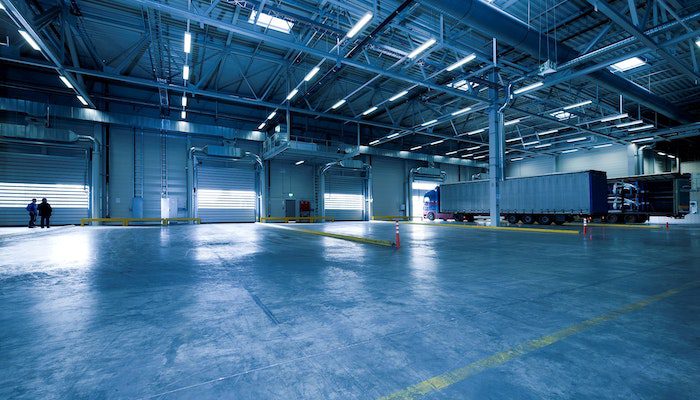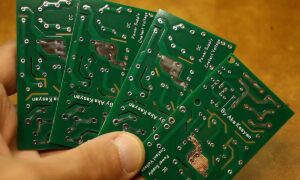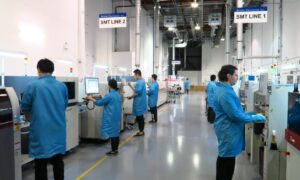There are many things you can do to ensure that the printed circuit board assembly (PCBA) manufacturing process goes smoothly. However, it’s important to understand what issues might arise and how you can avoid them. In this blog post, we’ll cover five common PCB assembly mistakes that could ruin your project and what you can do about them.
Underestimating PCB size
The first and most obvious way to avoid this problem is to measure the size of your PCB as soon as possible. But if you’re working on a particularly complicated design or are on a tight production schedule, it’s easy to overlook this step.
Once you have an idea of the size that will work for your project, double-check it against the datasheet for your specific part. If there’s any discrepancy between what you’ve measured and what is listed in the datasheet, ask yourself why there might be an issue. You may need to account for things like lead pitch and component height when deciding on component placement—but don’t forget about thermal issues!
Component placement
Component placement is an important step in the PCB assembly process, as it helps to ensure that your circuit board will function properly. There are a few things you should keep in mind when placing components on your PCB:
- Avoid short circuits by placing components away from other components, especially those with low resistance values.
- Avoid interference with other components or the circuit board itself. This can be done by adding a small distance between the component and another component or part of the board by using pads (discussed later).
Choosing Wrong Circuit board material
The type of circuit board material you choose can have a significant impact on the final product. A PCBA with poor conductivity or one that’s too thin may not be suitable for certain applications. For example, if you’re planning to make a battery-powered device, then it’s important to use an insulating board that won’t short-circuit easily.
While there are many types of circuit board materials, each has its own advantages and disadvantages. For example, FR-4 is a good choice for high-frequency applications because it doesn’t resonate at frequencies as high as other types of boards do. However, it is also more expensive than other options.
Choosing the wrong components
Assembling a PCB is a process that requires precision. The wrong component can cause the device to malfunction, resulting in lost sales and unhappy customers. So it’s important to choose components wisely and avoid these common mistakes:
- Incorrect part number
When purchasing parts online or through catalogs, keep an eye out for typos. These errors can lead to ordering the wrong part entirely—which will delay manufacturing even further and cost you money.
- Not checking all component values
It might seem like an obvious step, but it’s easy to forget about certain components like resistors and capacitors when ordering parts if they’re not labeled as such on the package itself. These little items could be overlooked during assembly, leading your product not only to look bad but also not work well either!
Selecting an unsuitable prototype design company
While it’s not uncommon for prototype design companies to make mistakes in the process of creating your product, you need to be careful when selecting a company that can produce your PCB assembly.
To avoid this mistake:
- Ensure that the company has a good reputation and experience in your industry. A business with a good track record of experience is less likely to make mistakes in the design phase, which will ultimately save you time and money.
- Make sure they have an experienced team who can deliver on time and within budget.
Conclusion
The bottom line is that there are plenty of things to consider when you’re designing a PCB. But if you take the time to do your research and pick the right prototyping company, it’s not hard to avoid common assembly mistakes.



































